Uncover the magic of yoga in building body awareness and mindfulness. Perfect for beginners, these simple poses and meditation techniques support your journey toward emotional balance and self-connection. Begin your path to well-being today.
Enhancing Mindfulness Through Yoga
One of the best yoga poses for mindfulness is one that allows you to fully immerse yourself in the present moment. One of the best things about meditation yoga for beginners is that each movement can be an opportunity to practice mindfulness. This involves being curious about what your body is feeling and not attaching to or judging any thoughts that may arise in the mind. For those just starting out, exploring beginner yoga poses can be a simple yet powerful way to connect with your breath, body, and mind.
This calming pose is ideal for ending a session. It relaxes the whole body and helps to lower stress levels, making it a perfect transition into stillness. It is often considered one of the top choices in any yoga poses list for relaxation and mindfulness.
Downward Facing Dog
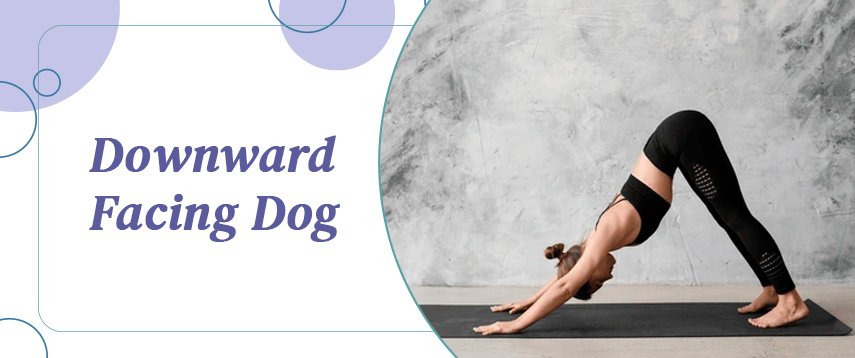
The yoga pose Downward Facing Dog, or Adho Mukha Svanasana, offers a number of benefits for your body and mind. For example, it helps improve the health of your skin and hair by releasing stress, which can contribute to these conditions. It is also one of the most effective beginner yoga poses for building strength, flexibility, and overall body awareness.
It also helps to build strength and stability in the upper body, especially the shoulders, arms, and core. The pose can also help with back pain and improve posture. It’s one of the best yoga poses for engaging multiple muscle groups at once.
However, this pose is not recommended for people with a weak body or low physical strength, since it is an inversion and requires a lot of effort to hold the posture. People with wrist or hand problems should practice a modified version of the pose, such as Half Downward-Facing Dog Pose at the Wall. When exploring a yoga poses list, it is also important to remember to always practice in a comfortable range of motion, especially when starting out with beginner yoga poses.
Learn more about Downward Facing Dog here: Yoga Journal – Downward Facing Dog
Cat-Cow Pose
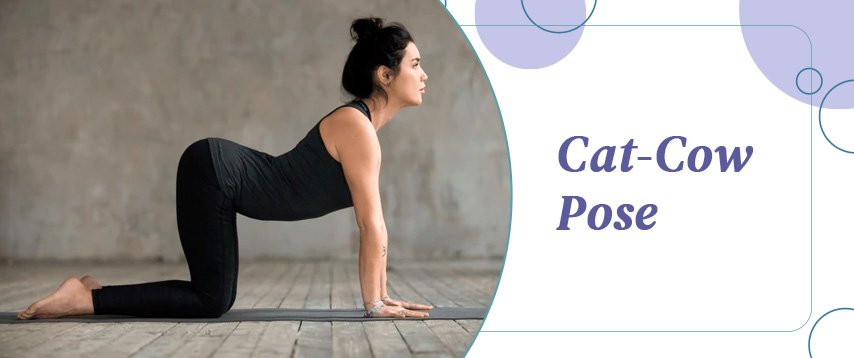
Known in Sanskrit as Marjaryasana or Bitilasana, Cat-Cow Pose is a simple vinyasa (linking breath and movement) that offers several benefits. It stretches the back and neck, strengthens the wrists, and enhances self-awareness by promoting a slow rhythm that integrates both flexion and extension of the spine. It is an excellent addition to any yoga poses list of beginner yoga poses for building flexibility and mindfulness.
To practice Cat-Cow Pose, begin on all fours with your arms directly under your shoulders and hips over your knees. Move your spine between Cow and Cat Pose, releasing one segment of the lumbar (lower) and thoracic (middle) spine at a time before arching through the cervical spine to tip the chin toward the ceiling as you exhale. Cat-Cow is often included among the best yoga poses for improving spinal flexibility and building mindfulness in movement.
The synchronization between inhalation and exhalation incites the parasympathetic nervous system and deactivates the stress response, so it is important to move slowly. This calming stretch also tones the belly and core, while massaging internal organs, making it a wonderful choice for yoga for self-awareness. It is often recommended as one of the gentle beginner yoga poses for cultivating mindfulness and body awareness, and it can be included in a yoga poses list.
Experience the calming benefits of this gentle yoga stretch that enhances self-awareness and activates the parasympathetic nervous system watch the practice in this YouTube short.
Child’s Pose
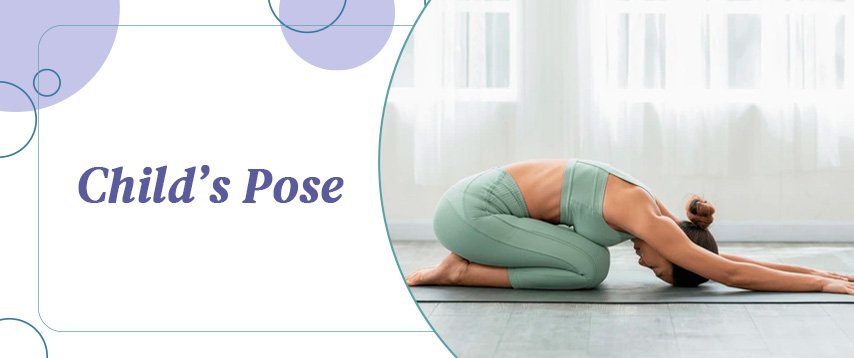
A simple but effective posture for calming the body and mind, Child’s Pose (Balasana) is often used in beginner yoga poses or to relax the back after some shoulder openers. It is also helpful in reestablishing a normal heart rate and encourages steady breathing.
Balasana (Child’s Pose) engages and stretches the spine extensors while supporting the hips, knees, shoulders, and neck. It helps to strengthen the core muscles and is an excellent calming posture for both kids and adults with back pain. It is often included among the best yoga poses for relaxation and gentle stretching and can be found in a yoga poses list.
Child’s Pose helps to strengthen the core muscles and is an excellent calming posture for kids and adults with back pain. It is also one of the most gentle and effective beginner yoga poses for relaxation and mindfulness.
Warrior I
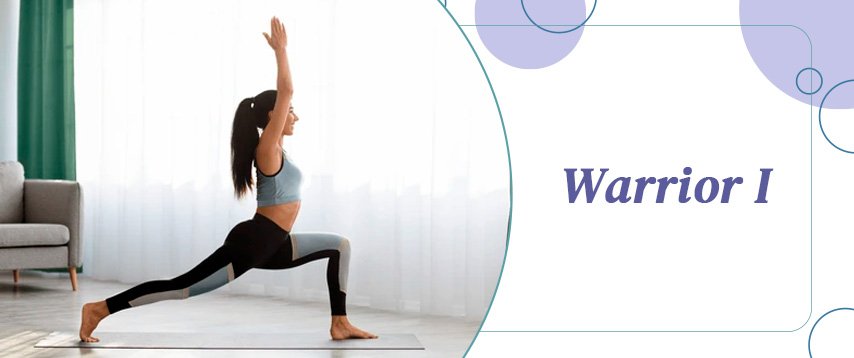
Warrior I, also known as Virabhadrasana I, balances strength and flexibility while encouraging mindful awareness. It strengthens the thighs, calves and abdomen while stretching and opening the shoulders, chest and arms.
This pose promotes self-awareness, encouraging you to stay present and focused while holding a powerful stance. It is included in a yoga poses list and, for meditation yoga for beginners, Warrior I serves as a great way to bridge movement and stillness..
This pose is named after the warrior Virabhadra, who in Hindu Classical texts bravely fought against his universal enemy—ego and ignorance. It embodies the physical, mental, and emotional fortitude that yoga builds over time, making it a valuable addition to beginner yoga poses for strength and focus.
The balancing posture encourages a commitment to self-discipline and mindful awareness. You can also practice this pose with your feet a little farther apart for more challenge. Alternatively, you can clasp your hands behind the back for Humble Warrior Pose.
Warrior II
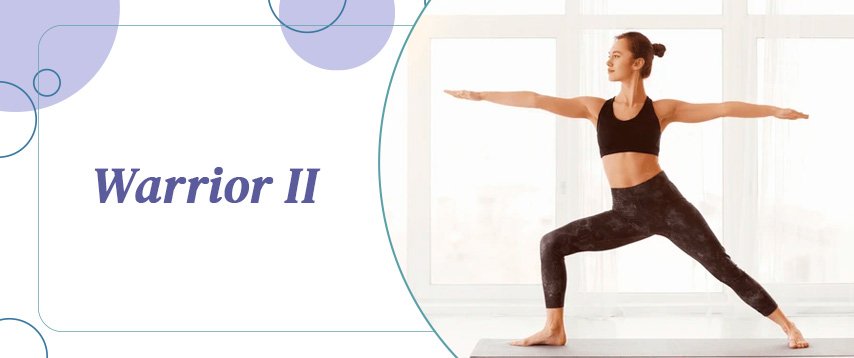
Warrior II (Virabhadrasana II) strengthens the front leg and opens the hips and chest. As one of the best yoga poses, it challenges your ability to stay calm and grounded while maintaining your posture.This standing pose builds endurance and concentration, ideal for deepening your yoga for self-awareness practice.
As a regular part of most Yoga flows, this pose challenges your resolve and discipline to stay focused on physical sensations. It can be easy to get frustrated with the discomfort, especially if your arms start to ache. But by noticing when your attention is drawn away from your practice and into negative emotions, you can bring your awareness back to the breath and move into the pose again. This posture is often included in a yoga poses list.
This pose strengthens the front leg and thighs, and stretching of the chest opens the lungs for deep breathing. It also builds a strong foundation in the core and boosts concentration and stamina, making it one of the most effective beginner yoga poses for developing strength and focus.
Warrior III
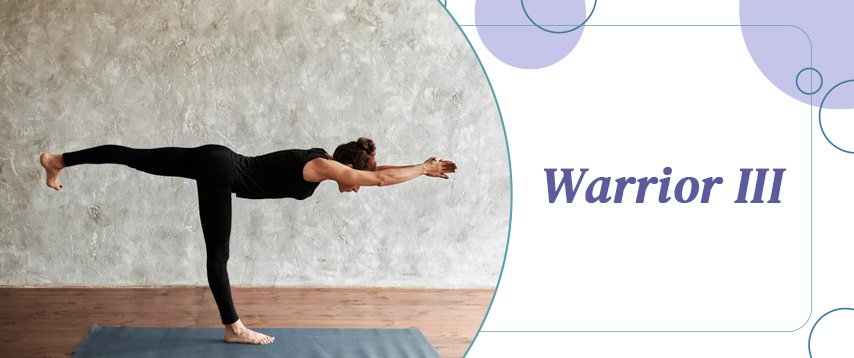
Warrior III (Virabhadrasana III) is a challenging pose that cultivates balance and stability. This balancing posture strengthens the legs, arms and core while improving balance and focus. It also helps improve the strength of the standing leg, especially when paired with preparatory poses like High Lunge and Mountain Pose.
Performing this posture with the back knee bent can make it more accessible for those with balance challenges and injuries in the lower body, hip, or spine. Adding a block under the hand in the forward position can also help provide extra support for those who struggle with balance. With these modifications, it can still be practiced safely and is often considered one of the best yoga poses, making it a valuable addition to any beginner yoga poses routine.
To get into this pose, start by standing in Tadasana (Mountain Pose). Then, shift your weight to the front leg and hug the knee into the chest. Hold the pose for five deep breaths. Repeat on the other side.
Warrior IV
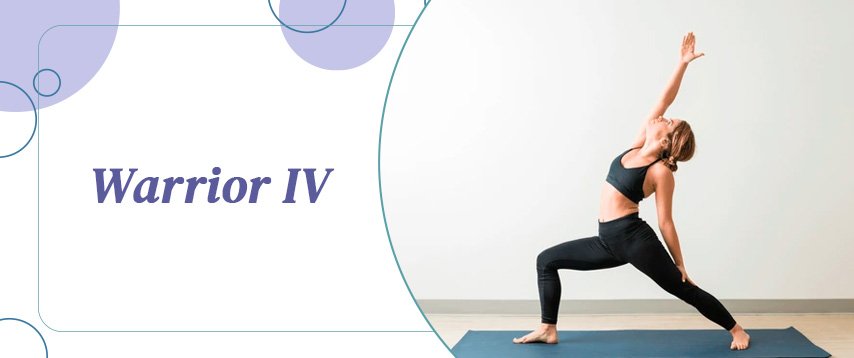
Warrior IV, also known as Virabhadrasana IV, is a powerful balance pose that integrates stability, focus, and grace. It builds strength in the legs, glutes, and core while extending and lengthening the spine, arms, and back leg. The forward reach of the arms counterbalances the extended back leg, It can also serve as a meditative stance to practice yoga for self-awareness, helping you feel more connected to your body.
This pose can help enhance concentration and promote mental clarity. By challenging your equilibrium, it also stimulates the nervous system and improves proprioception. Beginners can keep their hands on their hips or use a wall for balance support while gradually building strength and stability in the standing leg. It is an excellent addition to any set of beginner yoga poses for improving balance and focus.
Named after the fierce warrior Virabhadra, this pose symbolizes a courageous leap into the unknown, overcoming fear and doubt through inner strength. It is included in a yoga poses list and Warrior IV represents the evolution of willpower and the discipline to move forward with intention, even when the path feels unstable. You can increase the challenge by lifting your arms higher, or modify by keeping the back toes lightly touching the mat until you’re ready to fully balance.
Triangle Pose
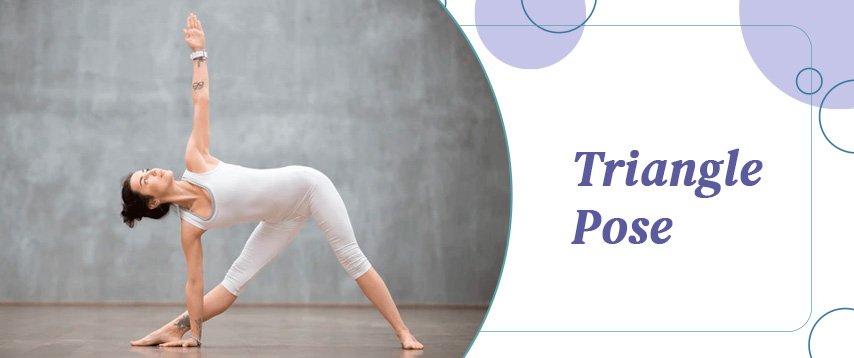
Triangle Pose (Utthita Trikonasana) is a powerful standing posture that opens the shoulders and spine while strengthening legs and balancing the body. It’s one of the best yoga poses for stretching the side body and creating length along the spine. Practicing this pose alongside other beginner yoga poses also offers a strong foundation for bigger poses like Half Moon and helps beginners learn to take up space and develop a sense of confidence in their bodies.
To come into Triangle Pose, stand with your feet about a foot apart and turn the left foot out to the side and the right foot in close to the front of the mat. It is included in a yoga poses list. Place your right hand either on the floor, a block, or on the shin or ankle of the opposite leg, keeping the arm open.
To explore variations of this pose, try Revolved Triangle for a deeper spinal twist or Bound Triangle for a chest and shoulder opening. If you feel discomfort in your knees or hips, soften the stance by moving the feet closer together or wider apart to see what feels best. These modifications make it accessible and a valuable addition to beginner yoga poses, helping newcomers practice safely while building strength and flexibility.
Half Spinal Twist Pose
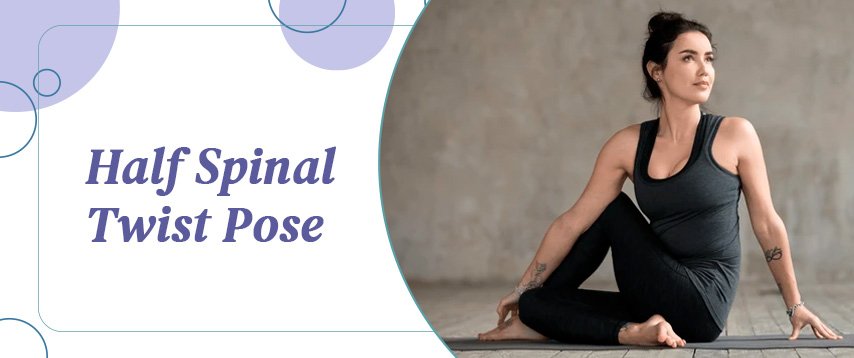
Ardha Matsyendrasana or Half Lord of the Fishes Pose is a profound yoga asana that renders many benefits. This seated twist helps to strengthen and rejuvenate the spine, enhances agility and improves digestion. It also strengthens the hips, shoulders and neck. It also stimulates the pancreas and aids in diabetes management.
This pose helps to align the natural curve of the spine and corrects the posture caused by hunched sitting for long periods. It also works to strengthen the back and core muscles, thereby reducing pain in the lower back and neck. It is considered one of the most effective beginner yoga poses for improving posture and spinal health.
Sit in Staff Pose (Dandasana). Bring the right foot up and place it close to the left knee. Raise the left arm up and either hug the knee, hook your elbow behind it or extend the arm forward. Breathe deeply. Hold the pose for 30 seconds to 1 minute.
Half Moon Pose
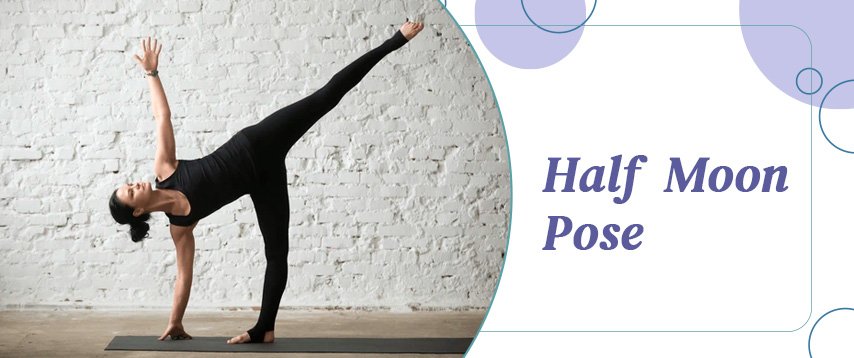
Half Moon Pose, also known as Ardha Chandrasana, is one of the best yoga poses for improving balance, strength, and flexibility. This challenging balance posture, along with other beginner yoga poses, is included in a yoga poses list and strengthens the body while challenging your core muscles to keep the spine long and strong while balancing on one leg. It may cause aches and discomfort in the standing leg and buttocks, so it’s important to take your time and build up your practice gradually.
This yoga pose helps to improve balance and focus by requiring you to concentrate on maintaining your balance, which also builds proprioception (the ability to sense your position in space). As a powerful yoga for self-awareness practice, the posture opens the chest and shoulders and is great for releasing tension and stress. It’s also an excellent stretch for the hips and groin. Practicing this pose regularly will increase the benefits you experience. However, you should never push yourself beyond your limits and should seek guidance from a qualified instructor. It is a safe and effective addition to any set of beginner yoga poses.
Ready to bring it all together? Try this full-body mindful yoga video that weaves in the poses above into one calming, focused session.
Practicing yoga offers more than just physical benefits—it becomes a mindful journey of connecting deeply with your inner self. Each pose, whether it’s the grounding Child’s Pose or the empowering Warrior III, encourages you to be fully present in the moment. By bringing mindfulness into your movements through beginner yoga poses, you begin to observe your body and breath without judgment, fostering a sense of inner calm and emotional clarity. To deepen this breath-body connection, explore our blog on the role of breathwork (Pranayama) in yoga.
These foundational yoga poses not only build strength, flexibility, and balance but also create space for mindful reflection. When practiced regularly and with intention, they help calm the nervous system, reduce stress, and enhance focus. Mindfulness in yoga means moving with awareness, adjusting your practice to honor your body’s needs, and letting go of the urge to strive for perfection. Many of these are counted among the best yoga poses and are included in a yoga poses list for cultivating both physical and mental well-being.
Remember, yoga is a practice of presence. Even a few minutes of mindful movement each day with beginner yoga poses can make a significant difference in how you feel physically, mentally, and emotionally. Let each breath guide your awareness, and allow each posture to bring you closer to balance, peace, and well-being.
Frequently Asked Questions
-
Why is full-body awareness important in beginner yoga poses?
Yoga for body awareness improves posture, alignment, and injury prevention. It helps you build a deeper connection between your movements and breath, which enhances yoga for self-awareness during every practice.
-
How do the best yoga poses enhance mindfulness?
Yoga enhances mindfulness by combining breath and movement, encouraging presence in the moment. It’s an ideal form of meditation yoga for beginners, helping cultivate mental clarity and inner calm.
-
Can beginners do the yoga poses for full-body awareness from a yoga poses list?
Yes, most of these can be modified as needed. Poses like Balasana (Child’s Pose) are gentle, making them perfect for yoga for body awareness in newcomers.
-
Which are the best yoga poses for promoting full-body awareness?
Some of the best yoga poses include Downward Facing Dog, Warrior II, Tree Pose, and Plank. These asanas engage multiple muscle groups and support deeper yoga for self-awareness.
-
How long should I hold each beginner yoga poses for mindfulness benefits?
Hold each pose for 30 seconds to 1 minute while focusing on your breath. This mindful stillness is a great form of meditation yoga for beginners and builds steady body awareness.
-
Do I need to follow a sequence, or can I practice poses individually from a yoga poses list?
While a sequence can enhance flow, practicing best yoga poses individually with intention also supports yoga for body awareness. It’s flexible and great for both beginners and experienced yogis.
-
Can practicing these beginner yoga poses reduce stress and anxiety?
Yes, mindful poses like Balasana (Child’s Pose) and Downward Facing Dog calm the nervous system. These are powerful tools in yoga for self-awareness and emotional balance.
-
Is it necessary to meditate after doing the best yoga poses?
Not necessary, but highly beneficial. After these poses, your mind is already centered, making it easy to ease into meditation yoga for beginners and deepen your self-awareness practice.
-
How often should I practice these beginner yoga poses for best results?
Practicing 3–5 times a week helps build consistency. Regular practice of yoga for body awareness enhances mindfulness, posture, and emotional clarity over time.
-
What’s the best time of day to do these yoga poses from a yoga poses list?
Mornings are ideal for energizing and grounding with beginner yoga poses, while evenings are best for relaxing the mind and body with poses like Balasana (Child’s Pose) or Downward Facing Dog.

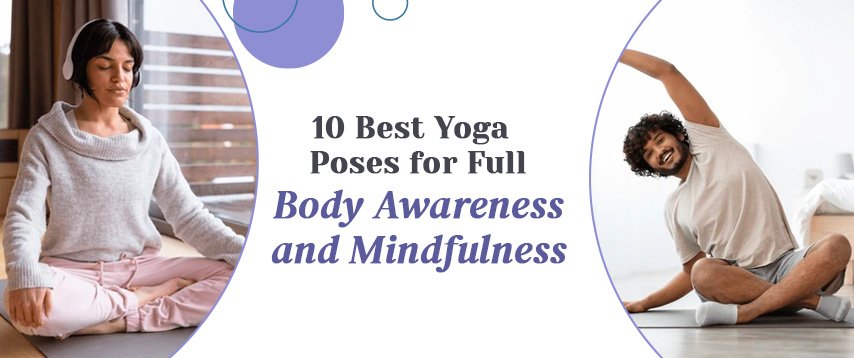
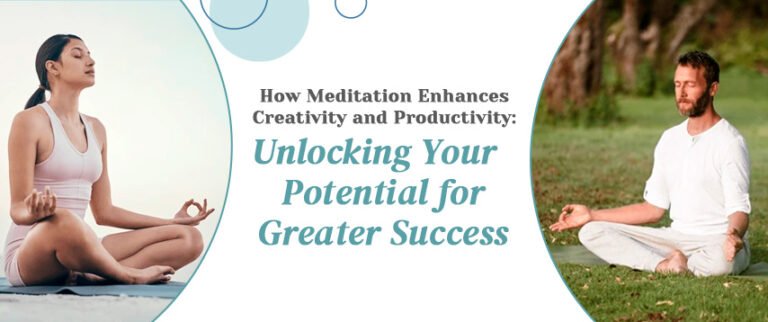
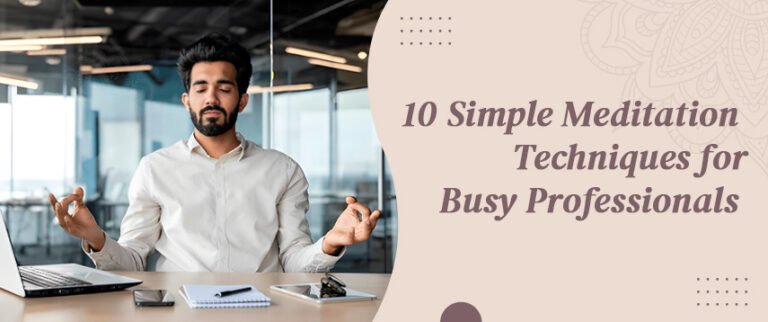
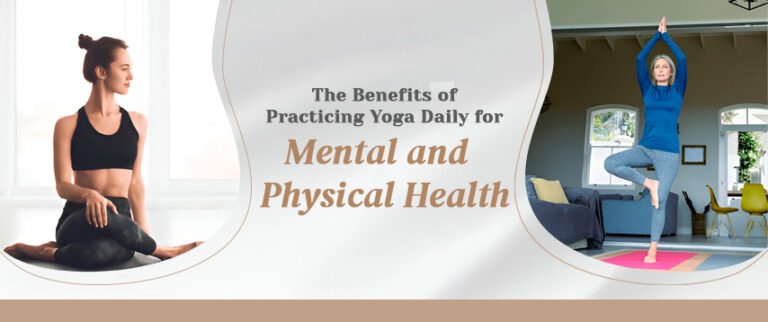
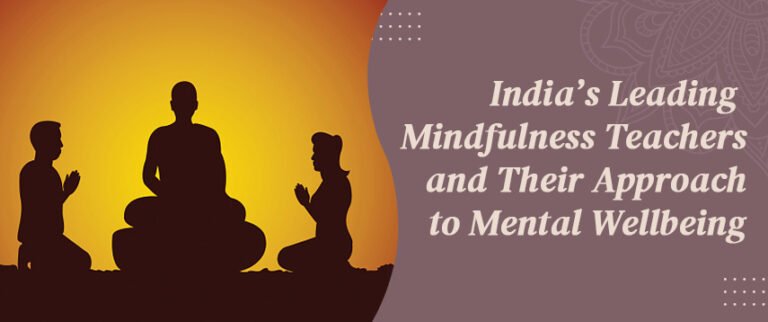

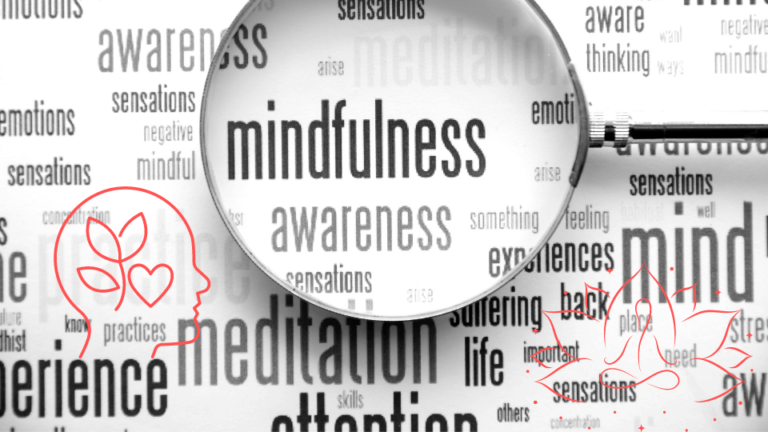
1 Comment
Pingback: पाठदुखीसाठी योग – पाठीच्या वेदनांपासून मुक्ती: सोपे आणि प्रभावी